Kent’s new passenger railway to Hoo: Electrification axed and service levels cut
Proposals for a new passenger railway in Kent to serve thousands of new homes alongside a new station on the Grain branch line on Isle of Hoo have seen reductions in scope since January 2021.
The line currently exists but is freight only. Passenger services ceased in the 1960s.
In January 2021, plans were for two trains per hour all-day using electrified trains with the consultation stating:
“A rail passenger service to Hoo will be electrified using 3rd rail electrification to provide compatibility with the main line, increase the number of trains on the line, and their speed”.
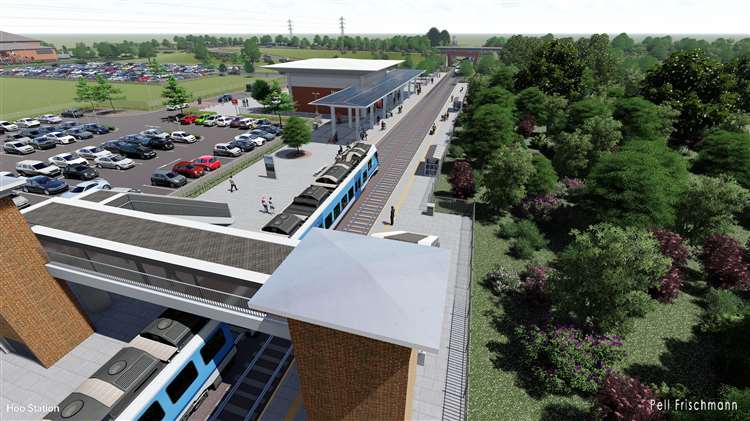
Not any more. The new consultation states: “The DC electrification required for a 12-car service has been discounted and a new option is being explored.”
The consultation is looking at four options, with a July 2021 update only mentioning two trains per hour during peak times and using battery technology instead of an electrified line which rules out the use of any existing passenger trains and could push back the project.
- Sharnal Street – Gravesend (use the existing through platforms)
- Sharnal Street – Northfleet (new bay required)
- Sharnal Street – Ebbsfleet (no construction required but limits on platform availability)
- Extend existing London-Dartford/Gravesend services (requires more trains to be capable of operating off the 3rd rail network
Despite electrification being a tried and tested method for cleaner and faster trains, the Department for Transport regularly blocks attempts to electrify lines and instead pushes alternatives which are less established technology and not the easiest to implement.
Third rail electrification has also long been opposed by some which has ensured polluting diesel trains continue. The Uckfield line is one such example.
The new consultation states new third rail is too expensive but offers no costings to back that up.
What trains?
One obvious problem with this decision is that Southeastern have no trains that can run beyond electrified track, and if the plan is still to run trains through to London they’d need hybrids to run on electrified track for most of the journey before switching to batteries at the end adding complexity. That means expensive work on existing trains (very unlikely) or ordering new trains.
Given there’s no plan for any new trains to replace the vast majority of Networkers – let alone hybrids – how this will work remains to be seen. All newer stock is third rail only.
Equipping hybrid technology on an entire new fleet would be a huge waste of money and energy (new trains would be heavier as they’d lug the batteries along electrified lines for 95 per cent of the journey adding to energy draw from the grid) so do they have a bespoke small fleet?
It’s possible a shuttle will be used due to not wanting to electrify just a few miles of single line track. Forcing a change on users will also remove the appeal of a single train into London.
Options for a shuttle include:
“A service from Sharnal Street Station terminating at Gravesend would use the existing through line platforms at Gravesend, and the train would then reverse to return to Sharnal Street Station. This represents the simplest and shortest
service, providing onward connectivity to London and the Medway towns at Gravesend.
The key infrastructure change that would be required at the Gravesend station to facilitate this service is the introduction of an additional track crossover to allow the service to use both platforms 1 and 2.
The Northfleet option requires the construction of a dedicated platform at the station and allows for greater flexibility in providing the service.
There are currently three options being considered for the location of the dedicated platform. Options 1 and 2 places the dedicated platform on the eastern east of the station, option 1 on the northern side adjacent to Ebbsfleet Walk, and option 2 on the southern side overlooking Thames Way and Ebbsfleet station.
Option 3 placed the dedicated platform to the west adjacent to Station Road and Railway Street.
Housing
The updated plan mentions a possible lack of demand for rail mentioning low service levels, with design renders for the station also showing almost no housing out of 12,000 within walking distance.
Around 12,000 homes are likely to be built and funding was announced for transport projects, covering:
road: £86 million
rail: £64 million
environment: £14 million
delivery costs: £6 million
Another cut is a direct link to Medway towns. It states: “The Medway Curve was originally considered as a way of connecting the Freight line to the North Kent Line, and would enable trains to run between Hoo and the Medway stations. It was removed when further studies by Network Rail identified that the numbers of passengers likely to use this new line are likely to be insufficient to justify the operational subsidy required from the council to the train operator.”
Of course ensuring residents cannot quickly walk to a station is likely to hamper demand.
Parking
The new station is heavily centred around car use, with 300 parking spaces and apparently few homes within walking distance.
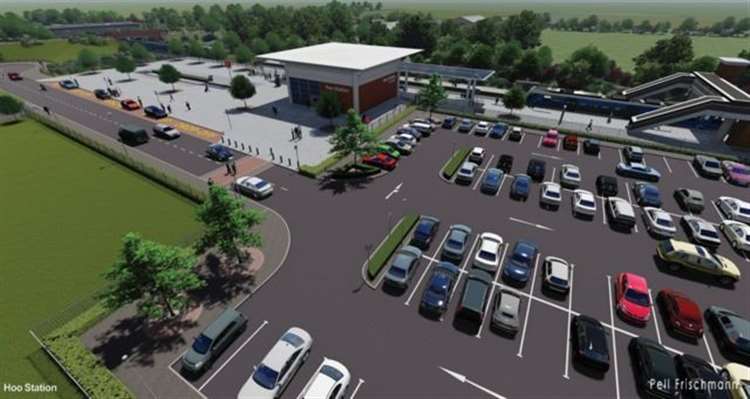
People who live within walking distance of a station may think this is ridiculous. Yours truly has lived near a number of stations in different areas (inner London and suburban, London and outside) and it’s a big factor in deciding to use a train for both work and leisure.
A sure-fire way to lessen demand from the get-go and encourage people to drive is to not ensure mid density housing around a station. The report mentions buses to reach the station, but really, is anyone going to use an expensive Arriva non-regulated bus to reach a station with such low frequencies which then requires another change down the line due to no direct link to Medway towns or London? This all appears geared up to ensure it’s not a success.
It wouldn’t surprise now if if no passenger rail ever materialises. So far cuts have been substantial from the first consultation.
Once again it doesn’t paint a good picture of the country’s ability with infrastructure when we have a line that already exists and yet cannot provide electrification to provide clean, regular trains for 12,000 new homes and 25,000+ new residents.
You can read the new consultation document here.
Further information is here.
Running a site alone takes time and a fair bit of money. Adverts are far from enough to cover it and my living costs as a private renter.
You can support me including via Paypal here Another option is via Patreon by clicking here You can also buy me a beer/coffee at Ko-fi here There's also a Facebook page for the site here Many thanks
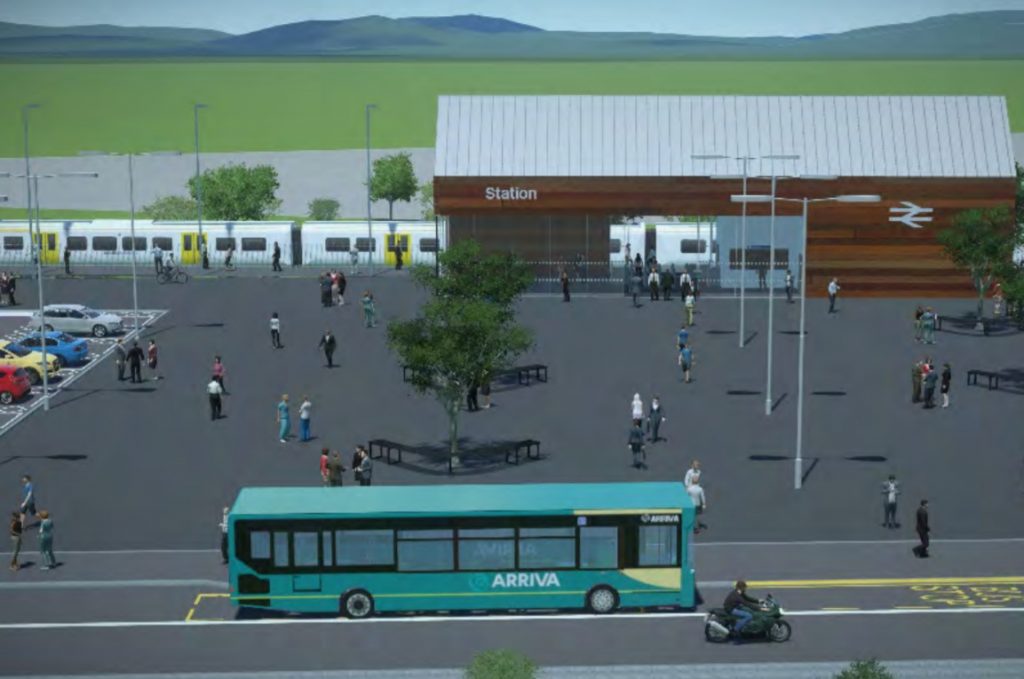
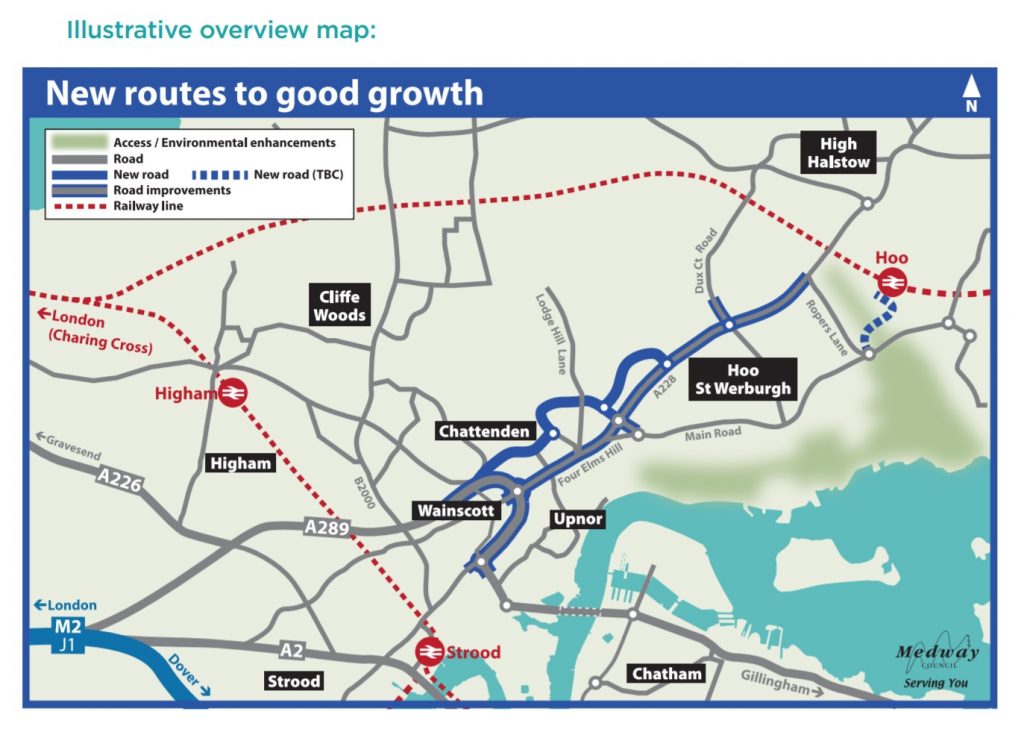
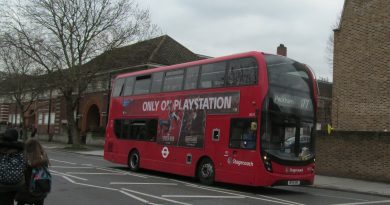

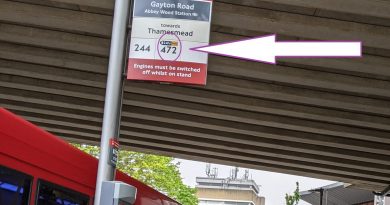
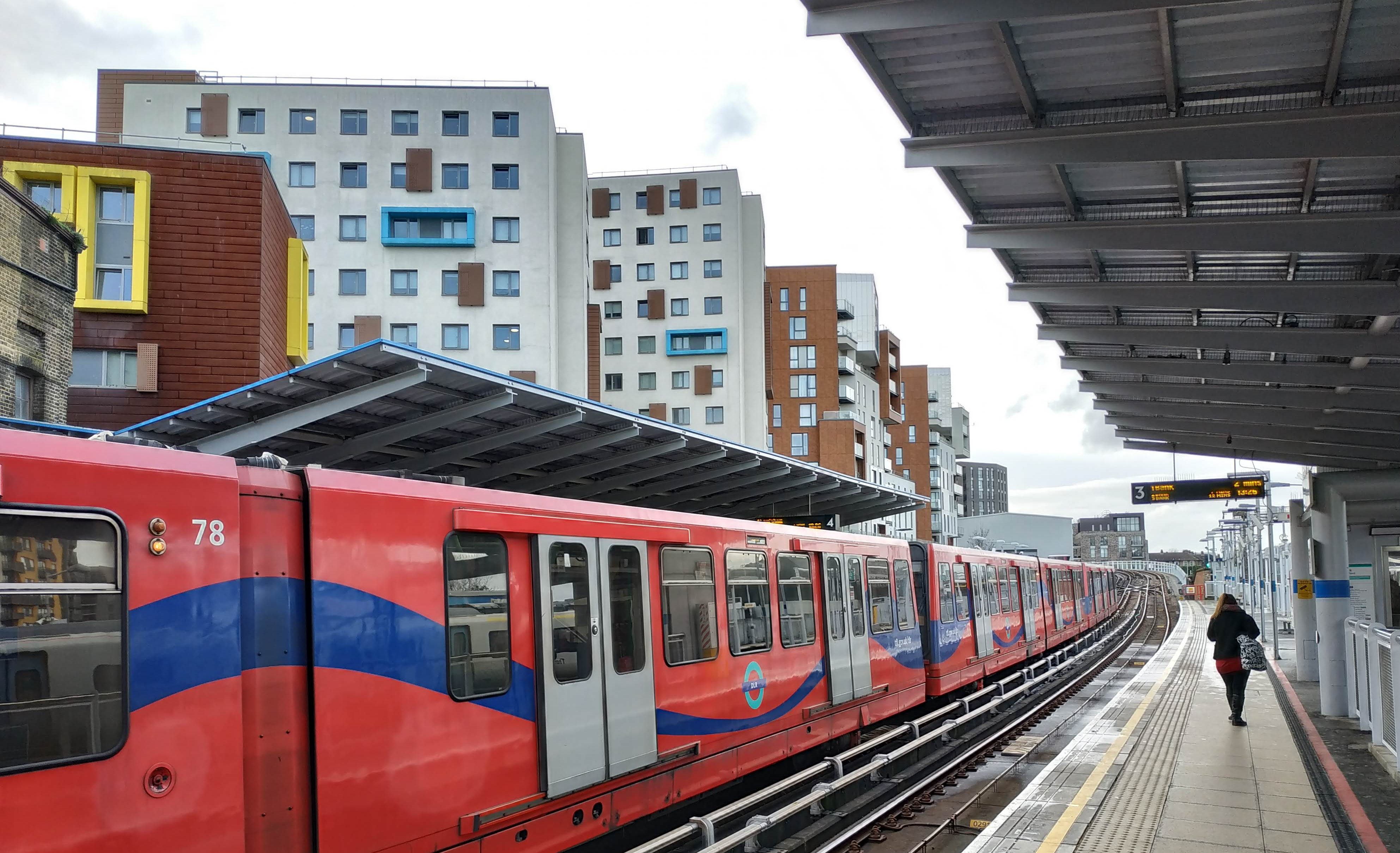
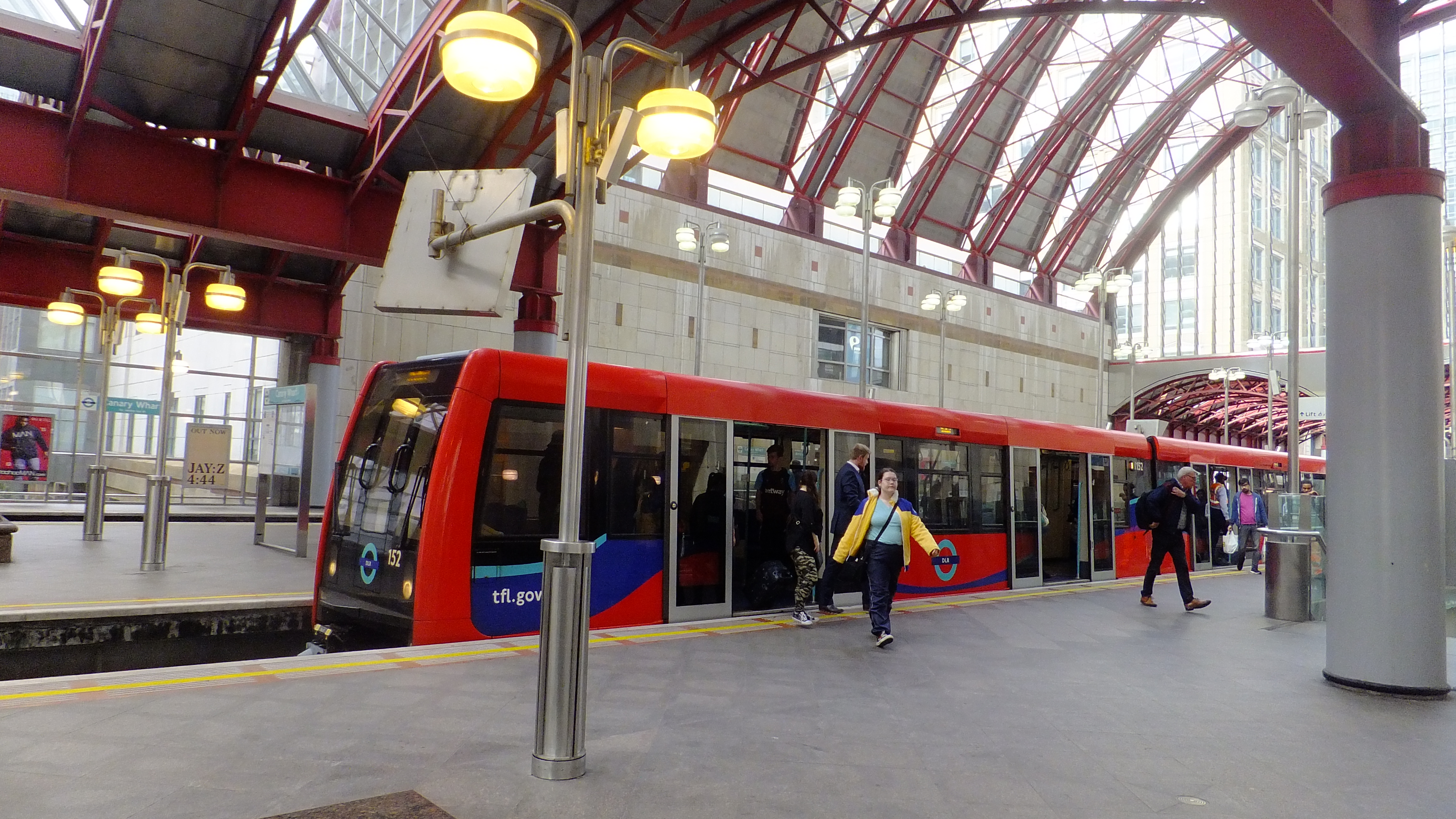
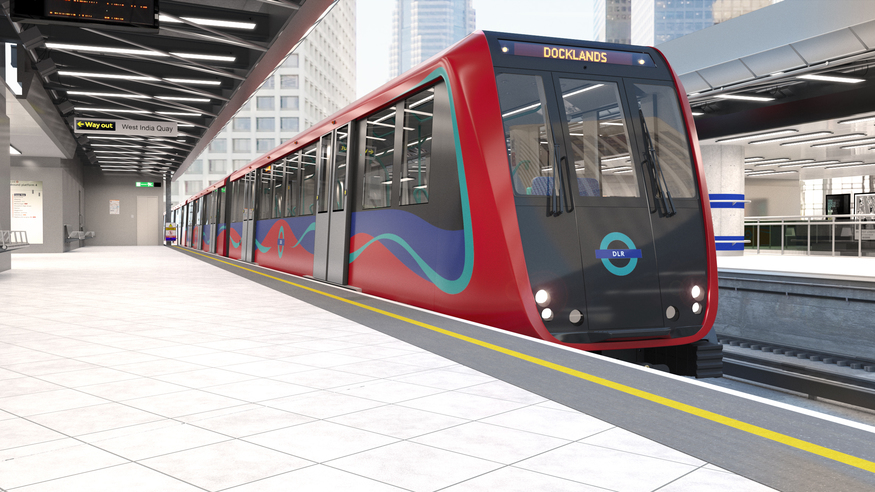
Should this rail scheme ever get off the ground, then the Gravesend option is the only one that makes sense.
This will now be a “link” service. To avoid taking precious paths between Gravesend and Northfleet/Ebbsfleet, plus retaining future paths for more Medway, North Kent and London services longterm, the simple solution is for the Hoo services to terminate at Gravesend.
Furthermore, the majority of new Hoo residents will be wanting to access high speed services at Gravesend, as well as metro services – plus potential Crossrail trains too. Gravesend is the natural interchange for the Hoo services.
Thus there is little point for Hoo trains occupying limited paths west of Gravesend, as there clearly will not be the passenger demand short term and longterm for travel otherwise.
The former Down Siding near the London end of Platform 2, could be reinstated if track realignment of the Down Main occurred.
There really is no need for a link service taking up limited paths west of Gravesend,